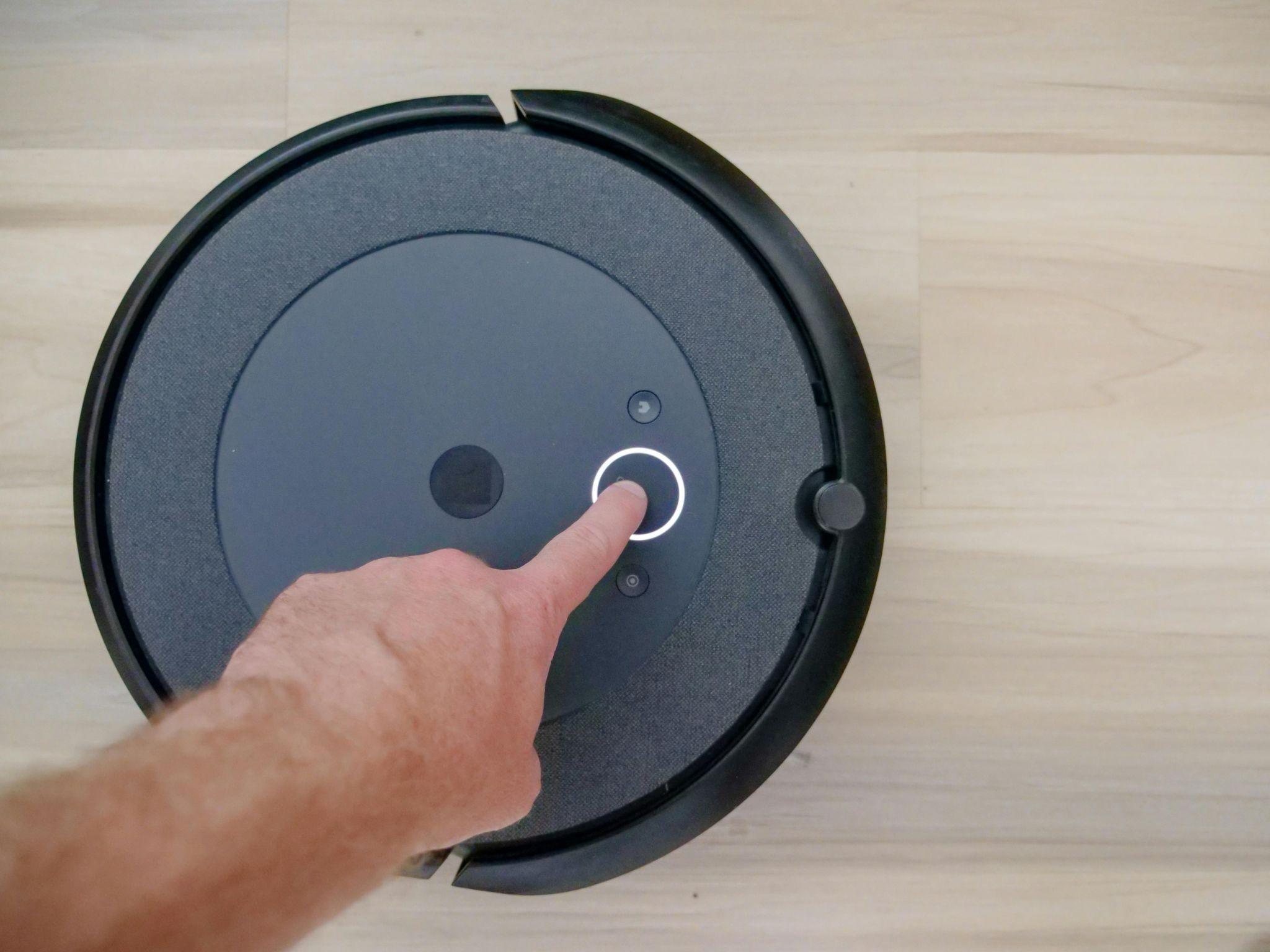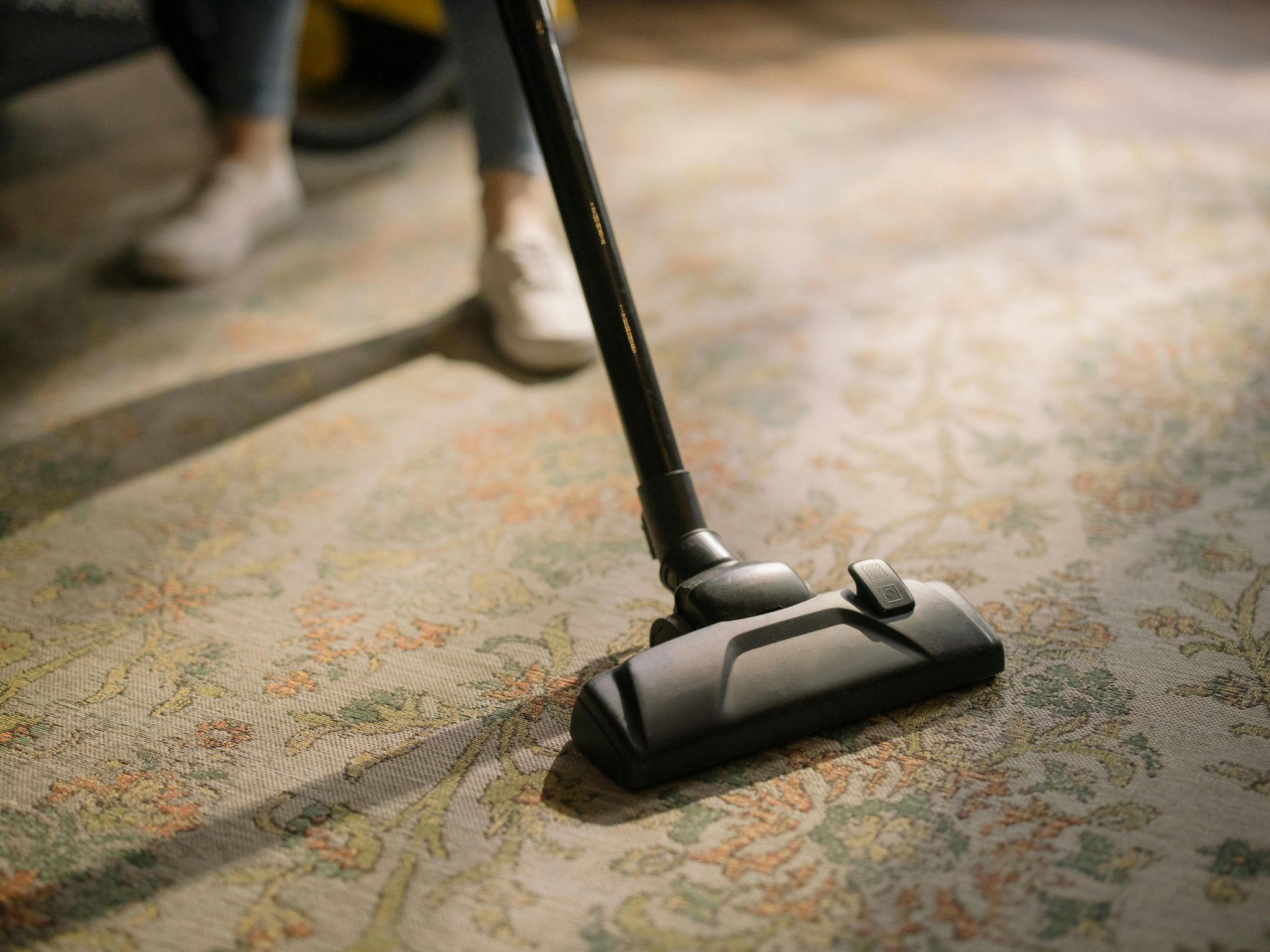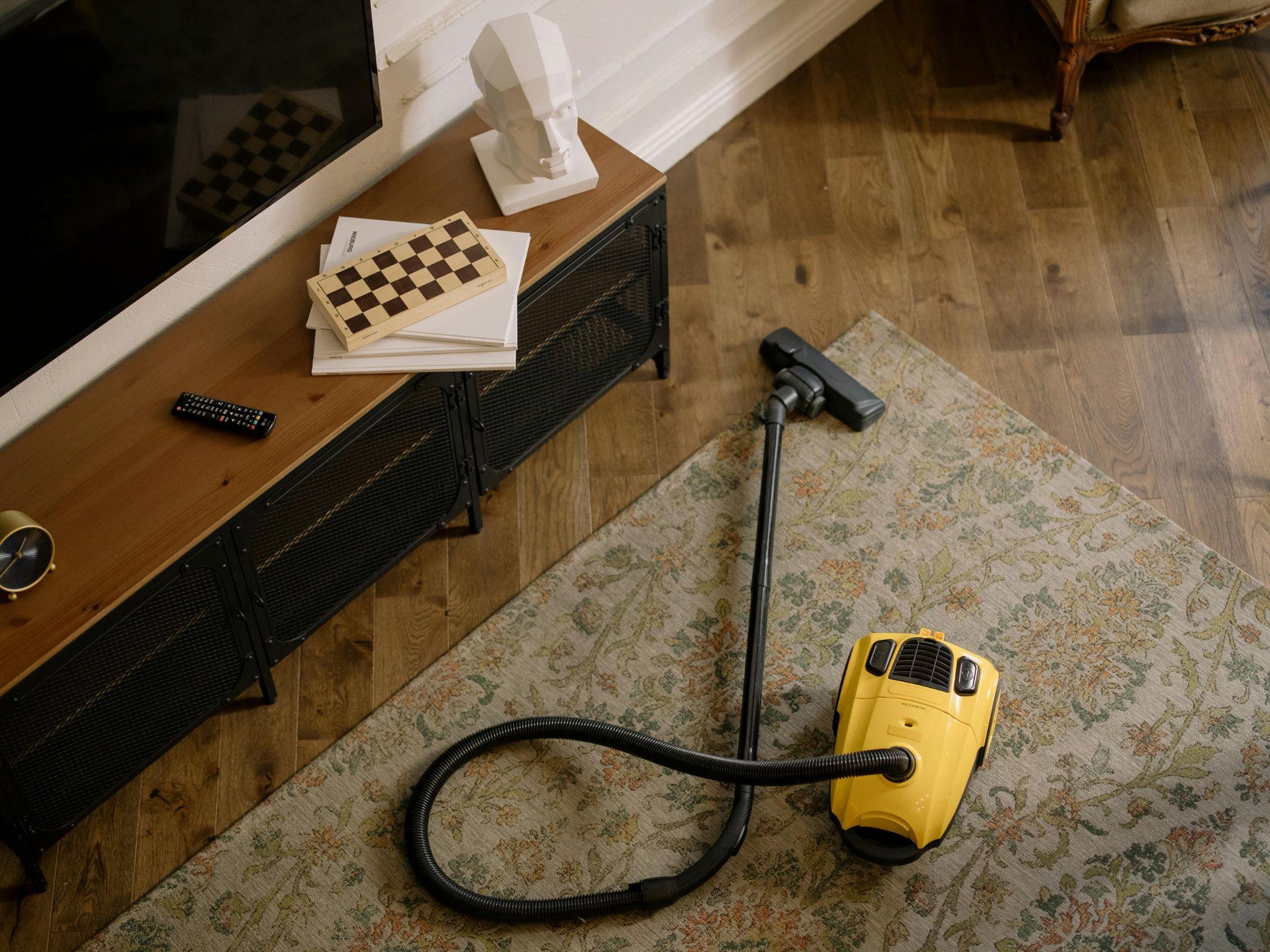In the ever-evolving world of home cleaning technology, the debate between Robot Vacuums vs. Traditional Vacuums has become increasingly relevant. As households seek more efficient and convenient ways to maintain cleanliness, understanding the differences between these two options is crucial. This article delves into the key aspects of both robot vacuums and traditional vacuums, examining their technology, convenience, and performance to help you make an informed decision based on your unique needs and lifestyle.
Overview of Robot Vacuums and Traditional Vacuums
What Are Robot Vacuums?
Robot vacuums are autonomous cleaning devices designed to navigate and clean floors with minimal human intervention. These compact, disc-shaped machines use advanced technology to map rooms, detect obstacles, and clean various floor types.
Key features of robot vacuums:
- Automated cleaning schedules
- Smart navigation and mapping
- Compact and low-profile design
- App control and voice command compatibility
- Self-charging capabilities
Popular robot vacuum brands and models:
- iRobot Roomba j7+
- Roborock S7 MaxV Ultra
- Ecovacs Deebot X1 Omni
- Shark IQ Robot XL
- Neato Botvac D7 Connected
What Are Traditional Vacuums?
Traditional vacuums are manually operated cleaning devices that rely on powerful suction and various attachments to clean floors and other surfaces. They come in several formats, each suited to different cleaning needs.
Types of traditional vacuums:
- Upright vacuums
- Canister vacuums
- Stick vacuums
- Handheld vacuums
Characteristics of traditional vacuums:
- Powerful suction capabilities
- Wide range of attachments for versatile cleaning
- Corded or cordless options
- Large dust capacity
- Manual operation for targeted cleaning
Performance Comparison: Suction Power and Cleaning Efficiency
Suction Power: Traditional Vacuums Lead the Way
Traditional vacuums generally offer superior suction power, making them ideal for deep cleaning carpets and tackling stubborn dirt.
| Vacuum Type | Model | Suction Power (Air Watts) |
|---|---|---|
| Traditional | Dyson V15 Detect | Up to 230 AW |
| Traditional | Miele Complete C3 | Up to 1200 AW |
| Robot | iRobot Roomba s9+ | Up to 40 AW |
| Robot | Roborock S7 MaxV Ultra | Up to 5100 Pa (≈25 AW) |
The higher suction power of traditional vacuums allows for more effective removal of deeply embedded dirt and allergens, especially in high-pile carpets and upholstery.
Cleaning Efficiency: Robot Vacuums for Everyday Maintenance
Robot vacuums excel at maintaining clean floors with minimal effort, particularly on hard surfaces and low-pile carpets. Their ability to clean daily without human intervention helps prevent the accumulation of dust and debris.
Advantages of robot vacuums in cleaning efficiency:
- Consistent cleaning schedules maintain cleanliness over time
- Ability to reach under furniture and in tight corners
- Multiple cleaning modes for different floor types
- Some models offer simultaneous vacuuming and mopping
While robot vacuums may not match the deep cleaning power of traditional vacuums, their frequent cleaning cycles can significantly reduce the need for manual vacuuming.
Convenience and Ease of Use

Automation and Scheduling: The Edge of Robot Vacuums
Robot vacuums offer unparalleled convenience through automation and smart features.
Smart features available in top robot vacuums:
- Scheduled cleaning at preset times
- App control for remote operation
- Voice command compatibility (Alexa, Google Assistant)
- Real-time mapping and zone cleaning
- Automatic docking and recharging
- Self-emptying dustbins (in select models)
- Multi-floor mapping for homes with multiple levels
These features allow users to maintain clean floors with minimal effort, making robot vacuums ideal for busy households or those with mobility limitations.
Hands-On Control: Traditional Vacuums’ Versatility
Traditional vacuums offer hands-on control and versatility for a wide range of cleaning tasks.
Advantages of traditional vacuums in versatility:
- Immediate response to spills or localized messes
- Ability to adjust suction power for different surfaces
-
Variety of attachments for specialized cleaning:
- Crevice tools for tight spaces
- Upholstery brushes for furniture
- Extension wands for high reaches
- Pet hair removal tools
- Larger dust capacity for extended cleaning sessions
The direct control offered by traditional vacuums allows users to tackle specific areas or types of dirt more effectively, making them ideal for thorough, targeted cleaning.
Cost and Maintenance
Initial Cost and Long-Term Investment
| Vacuum Type | Model | Initial Cost | Estimated Annual Maintenance |
|---|---|---|---|
| Robot | iRobot Roomba j7+ | $799 | $50 (replacement filters, brushes) |
| Robot | Roborock S7 | $649 | $40 (replacement parts) |
| Traditional | Dyson V11 Animal | $599 | $30 (replacement filters) |
| Traditional | Shark Navigator Lift-Away | $199 | $20 (replacement bags, filters) |
While robot vacuums generally have a higher initial cost, they can offer long-term savings through reduced labor and consistent maintenance of cleanliness, potentially decreasing the frequency of professional cleaning services.
Maintenance Requirements: Time vs. Effort
Robot vacuums require less frequent attention but need occasional maintenance:
- Emptying dustbin (unless self-emptying)
- Cleaning brushes and sensors
- Replacing filters and brushes periodically
Traditional vacuums typically require more regular maintenance:
- Emptying dust bags or bins after each use
- Cleaning or replacing filters
- Checking for clogs in hoses and attachments
- Replacing belts in upright models
The choice between the two often comes down to preference for hands-off, frequent maintenance (robot vacuums) versus more involved but less frequent maintenance (traditional vacuums).
Noise Levels and Environmental Impact

Quieter Operation: The Advantage of Robot Vacuums
Robot vacuums generally operate at lower noise levels, making them less disruptive to daily activities.
Average noise levels of popular vacuum models:
- iRobot Roomba j7+: 58-62 dB
- Roborock S7: 67 dB
- Dyson V11 Animal: 70-78 dB
- Miele Complete C3: 72 dB
The quieter operation of robot vacuums makes them suitable for homes with noise-sensitive occupants, pets, or for use during unconventional hours.
Environmental Considerations: Energy Efficiency and Waste
Robot vacuums tend to be more energy-efficient due to their lower power consumption and targeted cleaning approach. They also produce less waste over time, as they don’t require disposable bags.
Traditional vacuums, especially those using disposable bags, may have a larger environmental impact due to the production and disposal of these consumables. However, bagless models and those with washable filters can mitigate this issue.
Which Vacuum Is Right for You?
Choosing a Robot Vacuum: Ideal for Busy Households
A robot vacuum might be the best choice if you:
- Have a busy lifestyle with limited time for cleaning
- Prefer a low-maintenance approach to floor care
- Live in a home with primarily hard floors or low-pile carpets
- Enjoy smart home technology and automation
- Have mobility issues that make traditional vacuuming challenging
- Want to maintain a consistently clean floor with minimal effort
Choosing a Traditional Vacuum: Best for Deep Cleaning and Versatility
A traditional vacuum might be more appropriate if you:
- Have a home with mostly high-pile carpets or area rugs
- Prefer a hands-on approach to cleaning
- Need to clean a variety of surfaces beyond floors (e.g., furniture, curtains)
- Have pets that shed heavily
- Require immediate cleaning of spills or localized messes
- Value the ability to deep clean when necessary
Conclusion
The choice between robot vacuums and traditional vacuums ultimately depends on your specific needs, home environment, and cleaning preferences. Robot vacuums offer unparalleled convenience and consistent maintenance of cleanliness, making them ideal for busy households or those seeking a low-effort cleaning solution. Traditional vacuums, on the other hand, provide superior suction power and versatility, making them better suited for deep cleaning and tackling a wide range of surfaces.
Consider your priorities – whether it’s hands-off convenience, deep cleaning power, or versatility – when deciding between these two options. Many households find that a combination of both a robot vacuum for daily maintenance and a traditional vacuum for periodic deep cleaning provides the best of both worlds. Ultimately, the right choice is the one that best fits your lifestyle and keeps your home clean with minimal stress and effort.

